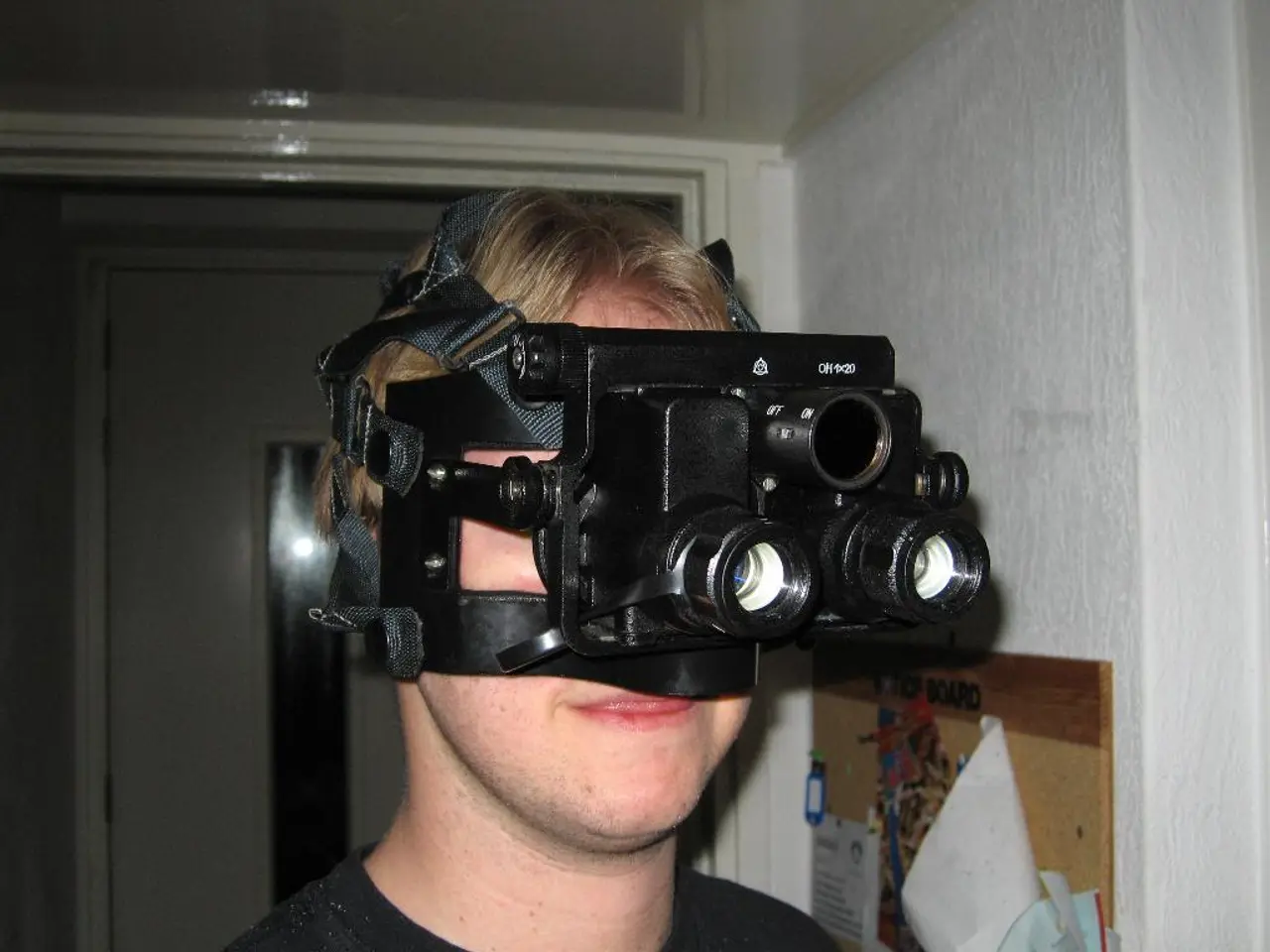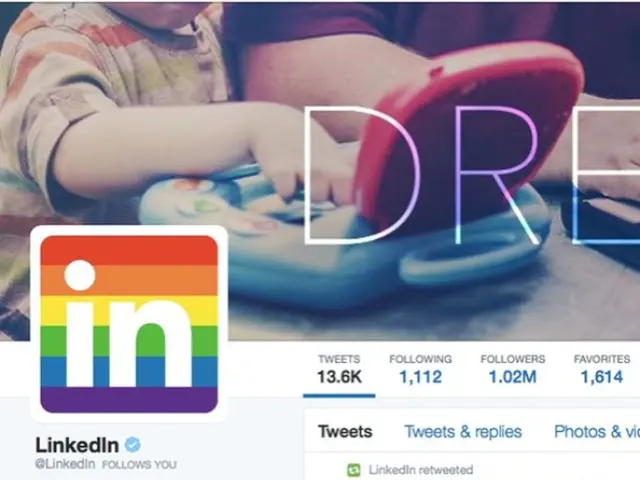The Current State of Virtual Reality and Augmented Reality in the E-commerce and Retail Industry for the Year 2024
In the ever-evolving world of e-commerce, Virtual Reality (VR) and Augmented Reality (AR) are making significant strides, revolutionizing the way consumers interact with products. These cutting-edge technologies are providing immersive, interactive experiences that boost engagement and reduce purchasing uncertainty.
IKEA leads the charge with a VR app that allows customers to walk through virtual showrooms, visualizing how furniture would look in their own homes. Similarly, retailers like Sephora and Warby Parker offer AR tools for virtual try-ons of makeup and glasses, respectively. These features, such as "Try On" and "Try Out", minimize direct product handling, particularly appealing in times of heightened hygiene awareness.
AR, which overlays digital information onto the real world, often through smartphones or AR glasses, is proving to be a game-changer. It enables shoppers to see products in their own spaces, increasing confidence in their purchasing decisions and reportedly boosting conversion rates by up to 94%. Virtual try-ons in cosmetics and eyewear also reduce return rates and promote sustainability.
However, retailers face several challenges in implementing these technologies. Cost and technical complexity, device compatibility and user adoption, technical limitations, and privacy concerns are all hurdles that need to be overcome. High development costs are a main barrier to widespread adoption, while limited consumer access to VR equipment can limit the potential audience for VR experiences.
Looking ahead, advances like AR glasses and better integration of AR into web and mobile platforms are expected to enhance these shopping experiences further, suggesting a competitive advantage for early adopters. The integration of AI and machine learning will also enhance personalization and user experience in VR and AR applications, offering more tailored shopping experiences.
Virtual shopping events, where customers can explore products in a virtual environment and interact with other shoppers and sales representatives, are expected to become more popular. Companies like Proven Reality specialize in creating cutting-edge AR, VR, and Mixed Reality applications tailored to meet the unique needs of various industries, including retail.
Moreover, VR and AR are increasingly being used in post-purchase customer support, such as virtual tutorials for product setup or AR-guided maintenance instructions. Bold Retail, a company based in Saudi Arabia, has implemented AR shopping experiences that allow customers to interact with products in a virtual environment before purchasing.
In summary, AR and VR are currently enhancing online retail by providing immersive, interactive product experiences that boost engagement and reduce purchasing uncertainty. However, widespread adoption is limited by cost, technical, device, and privacy challenges. Nevertheless, the future of VR and AR in e-commerce and retail looks promising, with these technologies set to play an even more significant role in shaping how consumers shop.
- Education and self-development platforms are leveraging VR technology to offer immersive learning experiences, simulating real-world scenarios for students.
- In the realm of marketing, businesses are utilizing AR to create engaging advertising campaigns, allowing customers to interact with branded content in innovative ways.
- Custom solutions providers are innovation in hardware, software, and technology to cater to diverse industry needs and ensure seamless integration of VR and AR solutions.
- Healthcare organizations are exploring the use of VR for telemedicine and patient treatment, enabling remote consultations and surgeries with unprecedented precision.
- The lifestyle industry is embracing AR for personalized shopping experiences, enabling shoppers to visualize fashion items on themselves before making a purchase.
- General news outlets are leveraging AR to deliver immersive and interactive news experiences, offering virtual tours and 3D presentations of stories.
- Sports enthusiasts can now enjoy live, virtual events through VR technology, feeling like they're part of the action even when physically apart.
- Finance institutions are investigating the potential of AR for financial education, simplifying complex concepts and making them more accessible to a broader audience.
- Entertainment companies are creating custom VR and AR experiences for movies, games, and concerts, offering audiences a new level of immersion and interaction.




